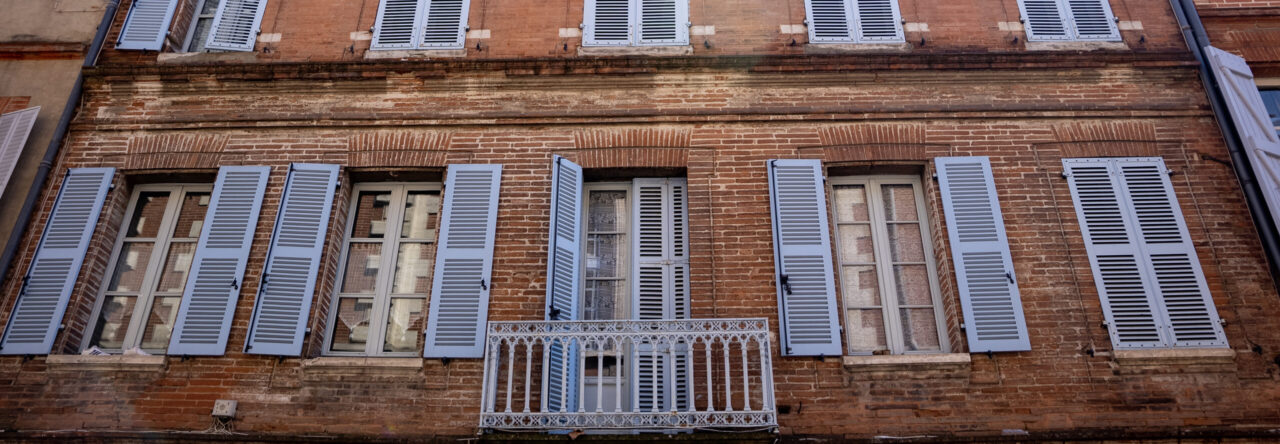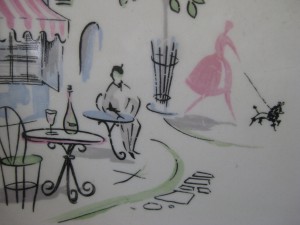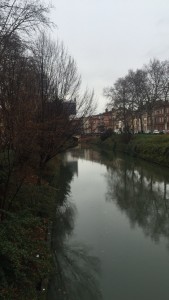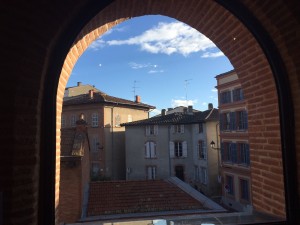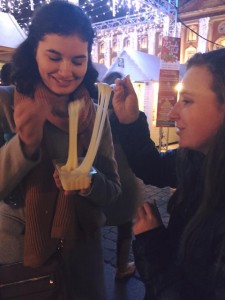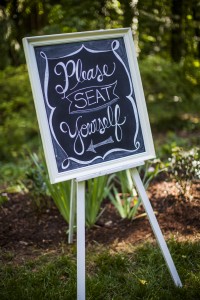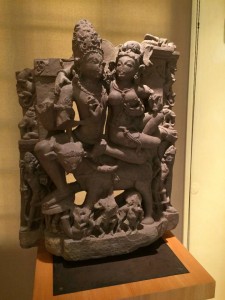-Morgan Ippolito
My love story with Valentine’s Day began when I was rather young. Each year at school, we made Valentine’s Day boxes, which means we found shoe boxes and reused them, decorated with red paper and bows, to receive Valentine’s Day cards. Each student made cards for everyone and passed them out on Valentine’s Day. Of course, the cards were accompanied with little candies. After that, I fell in love with Valentine’s Day. I celebrate it every February and make sure that my family and friends know how much I love them when I give them a Valentine’s Day card.
This year, my Valentine’s Day experience was much different. In fact, the French don’t really celebrate it all. Maybe there are a few couples that do, but in general no one truly recognizes the holiday. In conversation with my French friends, I learned that Valentine’s Day is considered too commercialized. Moreover, the day does not accurately express feelings one may feel for another, according to the French. Why should one say “I love you” on a designated day? Love is a constant state and cannot be expressed through only one day. I find this point of view rather philosophical and sophisticated, and I agree with it. However, my agreement does not stop me from feeling sadness: even if Valentine’s Day is too commercialized, I still adore it. Yes, love is constant, but why can’t we have a day where everyone knows that they are loved?
I was having a true moment of cultural shock when Valentine’s Day actually came around: I missed my family and friends so much. Nonetheless, I decided to reframe my situation by making Valentine’s Day cards for my friends and my host. I was worried : would my friends like the cards? Am I being too American? I strongly hoped that my actions would be well received. In giving the Valentine’s Day cards, I discovered that everyone, whether they are French or American, likes to receive a little treat and a note that means someone is thinking of them. I had created an opportunity to share my culture with others. I still miss American holidays, but I now feel more comfortable and happy: I have realized that everyone appreciates a moment where we all share a common sentiment.
